Granted, brakes and turns will have capped the highest possible speed of the car, but Verstappen — and F1 — embodies the pinnacle of motorsport speed in a multibillion dollar industry.
And yet armed with nothing but two skis, skeleton fabrics and a helmet fit for a Daft Punk comeback tour, there are humans hurtling down the sides of mountains faster than an F1 car.
In 2016, Italy’s Ivan Origone flashed down a run of the La Forêt Blanche resort in France, clocking an average of 254.958 kmph (158.42 mph) across his last 100 meters to set a new world record.
For perspective, the World Air Sports Federation states that the terminal speed of the human body freefalling in a stable, head down position is between 240 and 290 kmph (149.13 and 180.2 mph) — speed skiers are effectively plummeting through the sky.
Unsurprisingly, such descriptions dictate that, though skiing generally is wildly popular, speed skiing is very much a niche vocation — especially for British skiers, given the relative lack of snowy mountain peaks.
Yet Jan Farrell, Great Britain’s most successful speed skier of the century, is the exception to the rule.
An overall International Ski Federation (FIS) World Cup winner in the Speed 2 category in 2014, Farrell had the advantage over fellow speed skiing Brits of having lived in Spain for 32 years.
Spain may not scream ‘skier’s paradise’ for many but with 35% of the country being mountainous and with 32 ski resorts, a six-year-old Farrell was hooked from his first lesson in Gavarnie, France.
The bigger they are, the faster they fall
A nine-year international career took Farrell across the globe, following the biennial FIS World Cup circuit around Andorra, Canada, France, Finland and Sweden, as well as traveling to Munich every month for training.
When he wasn’t in flight — both literally and figuratively — Farrell was in the gym, following a grueling Olympic physical conditioning plan 300 days a year.
Weightlifting, squats and deadlifts formed the backbone of a program designed to build dense muscle. Whereas jockeys riding horses will aim to keep themselves as light as possible, athletes on speed skis are maximizing strength and heaviness — though not without limit.
“Aerodynamics is key, so you can’t just be big — you have to be compact and flexible,” Farrell said. “You have to go into a tight tuck position, and if you have a big belly, that’s not ideal.
“So weighing a lot, but also having strong muscles because you have to adapt to the terrain and ski the hill, and you have to be very strong and precise in a very reduced range of movement.
“If you just go down as a block, you wouldn’t be very fast.”
Crash and burn
Strength conditioning also serves another vitally important purpose — surviving crashes.
The dangers of motorsports do not need outlining, but at the very least, drivers are dressed to minimize damage. McLaren’s F1 driver’s overalls for example — made from a heat and flame resistant fiber — can resist exposure to direct fire for 15 seconds, supported by flame-resistant boots and gloves.
Speed skiers are afforded no such protection. With clothing designed for speed and speed alone, crash injuries can be horrific.
Concussions, broken arms and legs — the diagnoses are endless, but friction burning is the most commonplace injury.
In 2016, during a World Cup training run in France, Farrell crashed at 216 km/h (134.2 mph) and proceeded to skid for roughly 1,150 feet — over three and a half football pitches — leaving him with second-degree burns.
More commonly caused by direct exposure to fire and boiling water, partial thickness burns can be excruciatingly painful, yet incredibly, Farrell was back out on the slopes again a day later.
Fear factor
Over time, the burns healed, but the psychological scarring endured.
Once unflappable and having never crashed at such a speed, almost overnight Farrell’s confidence was rocked — a critical issue in a discipline with little room for self-doubt.
“I always say that my main injury was my confidence,” Farrell said. “I was quite good at not crashing and not being scared — after that, everything changed.
“Most of us who’ve crashed take some time to come back. It took me over a season and I had to go do psychological training and really rethink my mindset of how I skied.”
Though skiing too aggressively — “letting your skis float too much” — is one cause of crashes, skiing too conservatively can, paradoxically, be equally as unsafe.
The aim of speed skiing, Farrell explains, is to disassociate the upper and lower body — detaching to allow your legs to relax and let the skis do the work.
Fear and overthinking can have devastating consequences, and Farrell committed over a year’s work to untangling these issues.
“You really have to sort of go back and revisit the whole attitude of why you’re doing this, what makes you scared and what makes you go fast,” Farrell explained.
“It was a very interesting process where I got to know myself a lot better as a human being.”
Olympics calling?
Demons conquered, Farrell returned to competition for several years before announcing his “temporary” retirement from elite sport in early 2021 — citing a desire to spend time with his two young daughters as a key motivation in his decision.
Adjusting to their ski legs before many will have taken their first steps, the duo are already on course to be excellent skiers, but could they follow in their father’s blistering speed skiing footsteps?
“Hopefully not,” Farrell replies.
“They can play tennis or swim or something like that. Something that involves snow but in its liquid format — like in water.”
Farrell’s fatherly commitments fill out what is already a heaving schedule, supplementing his role on the FIS Athletes Commission, his private work tutoring elite young speed skiers looking to break into the sport, and his charity work helping disabled children to ski.
As Farrell works to improve the discipline’s reputation, the pinnacle of snowsport events looms with the imminent 2022 Winter Olympics in Beijing — a Games that will not showcase speed skiing.
The sport has made just one appearance at the Winter Olympics — as a men’s and women’s demonstration event at Albertville in 1992 — and Farrell believes that while the potential is there, speed skiing needs to “do its homework” before an official return is viable.
Farrell highlights the parallels with ski jumping, an event on the Games program since its inception in 1924, which remains a popular facet of the scheduling despite its relative scarcity in the everyday skier’s activities.
“It definitely has all the athletic values, attractiveness and spectacularity — it’s very presentable for top level Olympic Games,” Farrell explains.
“I think the sport needs to do its homework first — get more followers and more athletes.
“Everybody does go out and likes to ski fast but speed skiing is a whole different thing — it definitely has everything necessary for the Olympics in theory — now, the actual sport base needs to grow.”
Until that day, it’s work and parenthood for Farrell, as well as rediscovering a long-lost joy for skiing just for fun.
The question is: does he miss the speed?
“No, I don’t think so,” answers Farrell, referencing friends in F1. “They don’t drive very fast at all on public roads — they’re all really cautious, relaxed drivers.”
After years in freefall, Farrell is enjoying life in the slow lane.






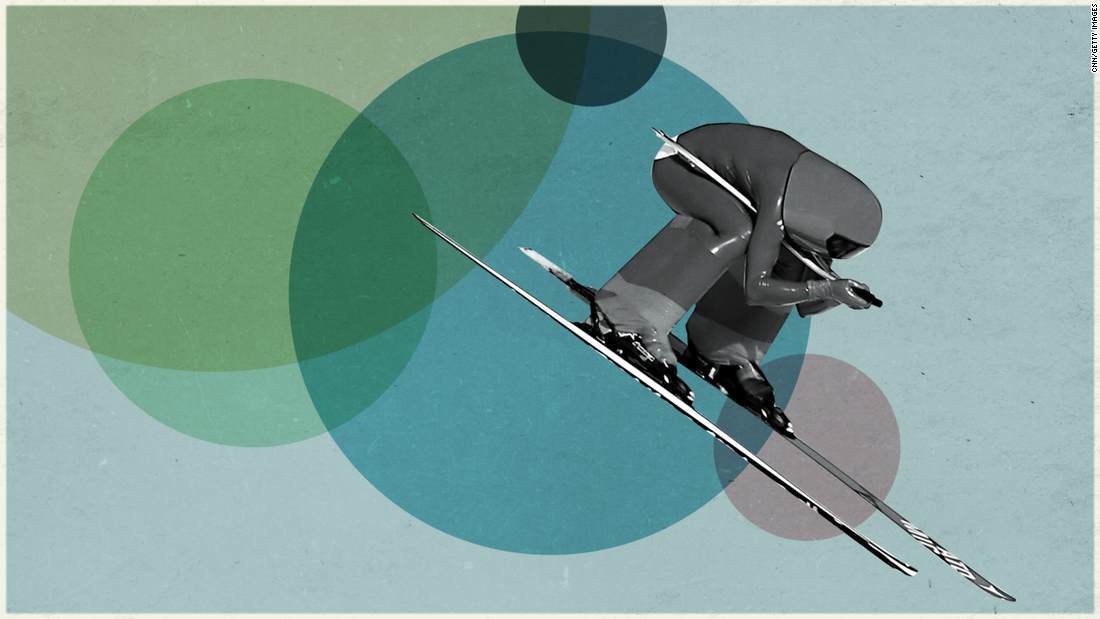
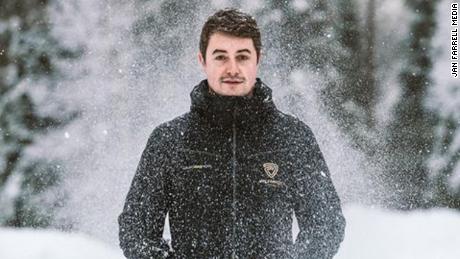
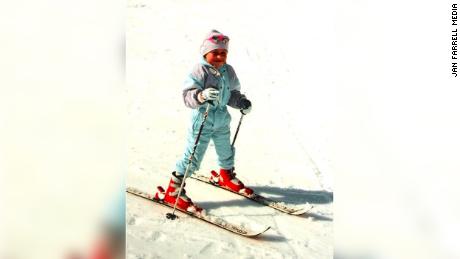
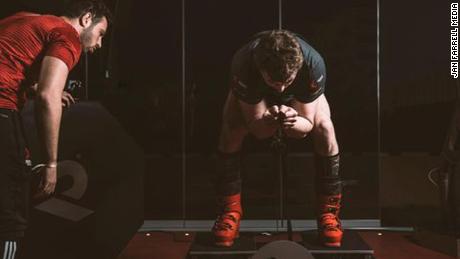
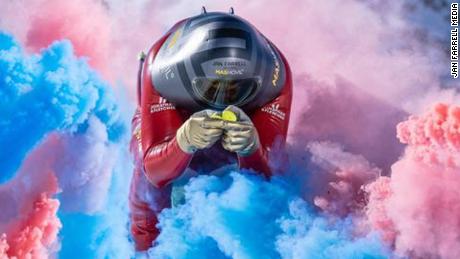
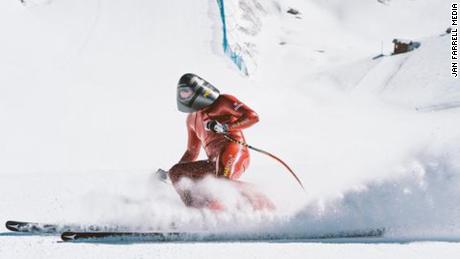
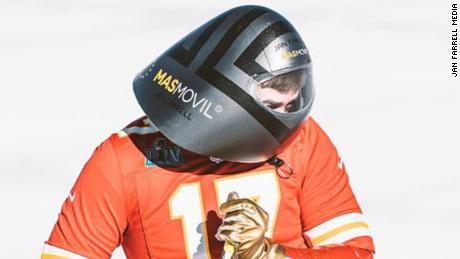

More News
Russini: What I’m hearing about the NFL Draft, Jayden Daniels, Drake Maye and more
The Arizona Coyotes are gone. Someone please tell ex-owner Alex Meruelo
Rosenthal: Why the Orioles’ latest scouting triumph is a 34-year-old journeyman pitcher